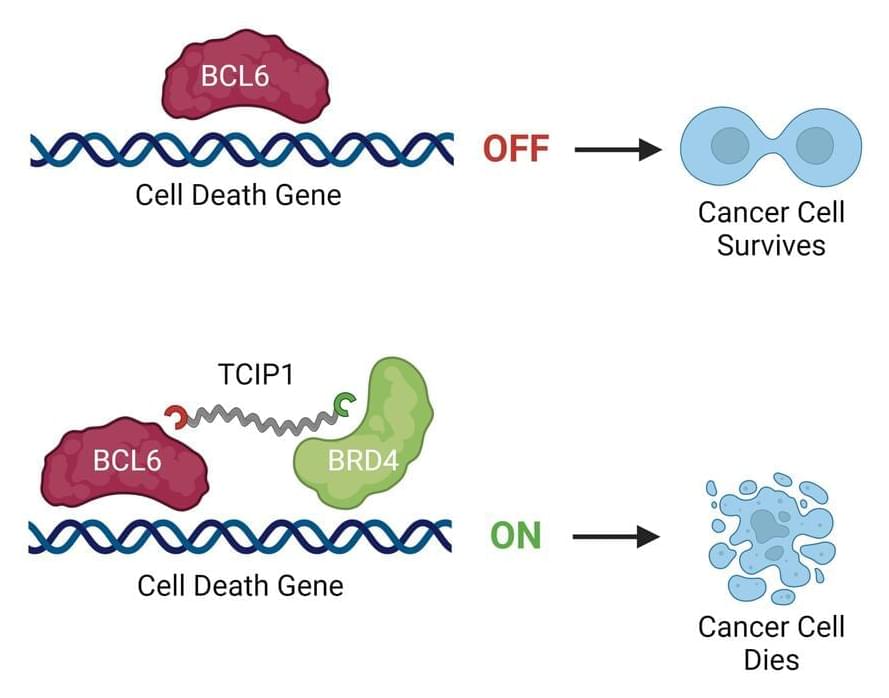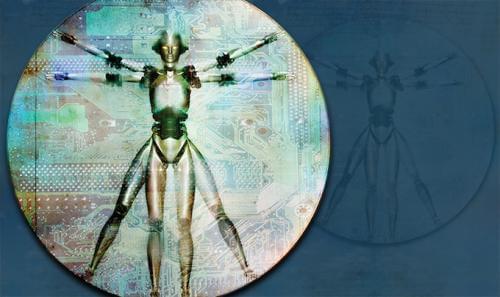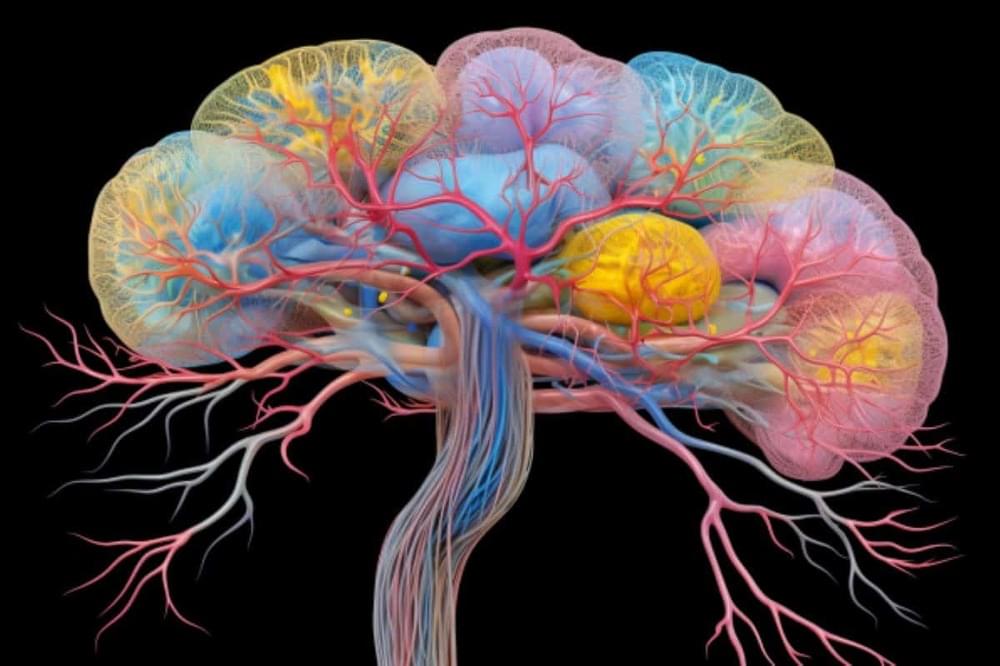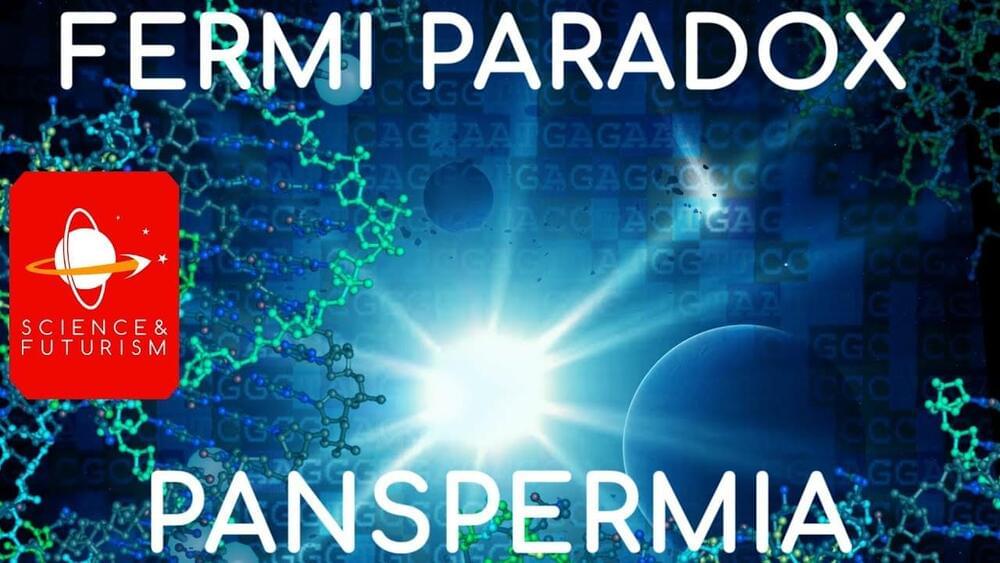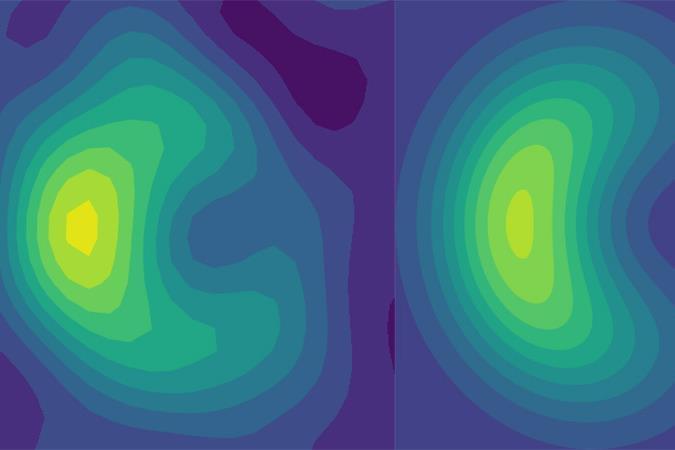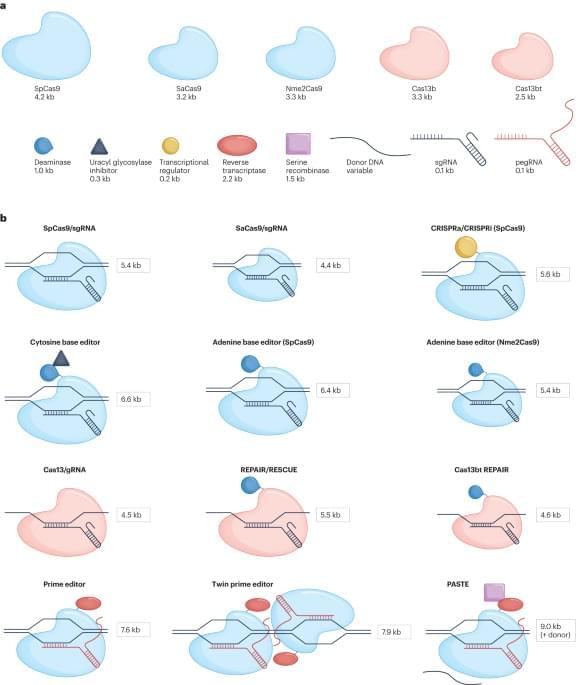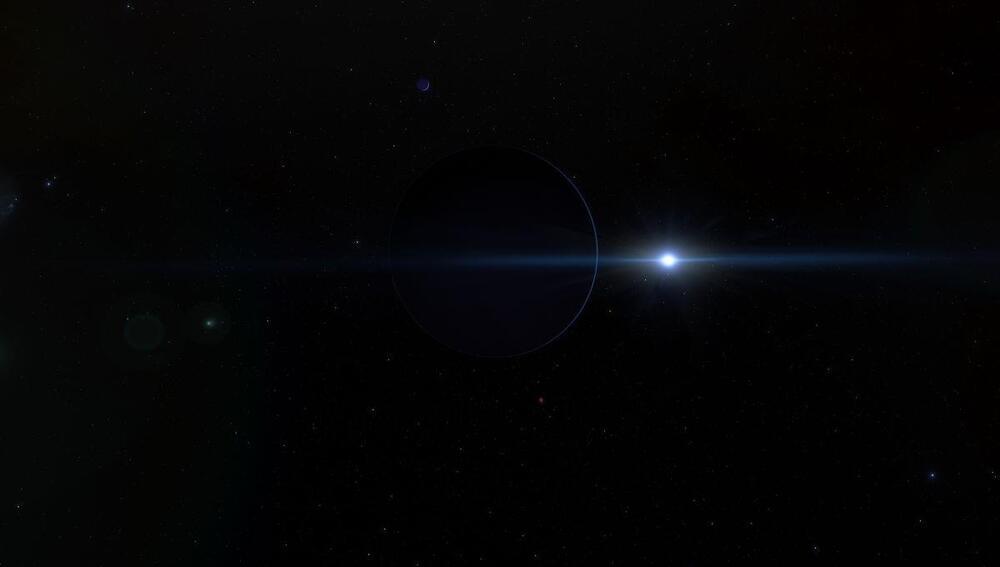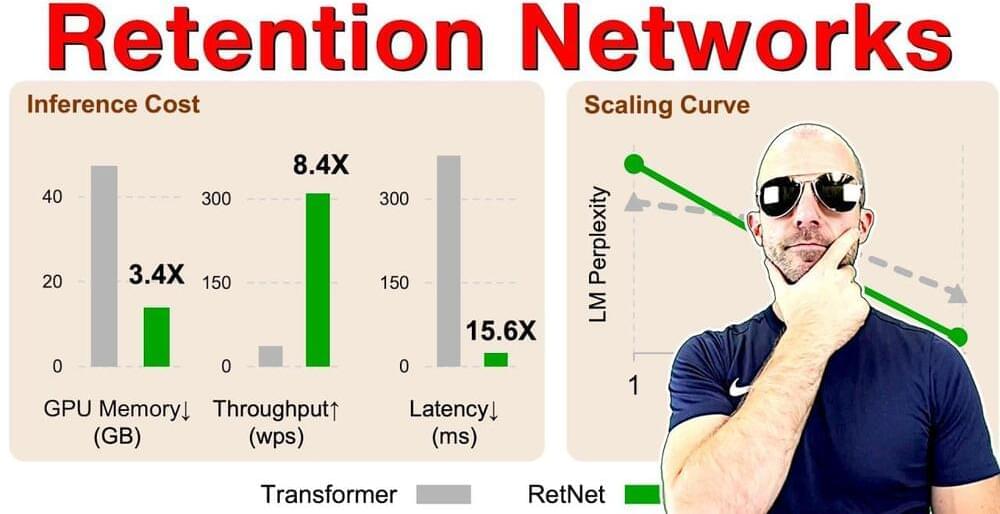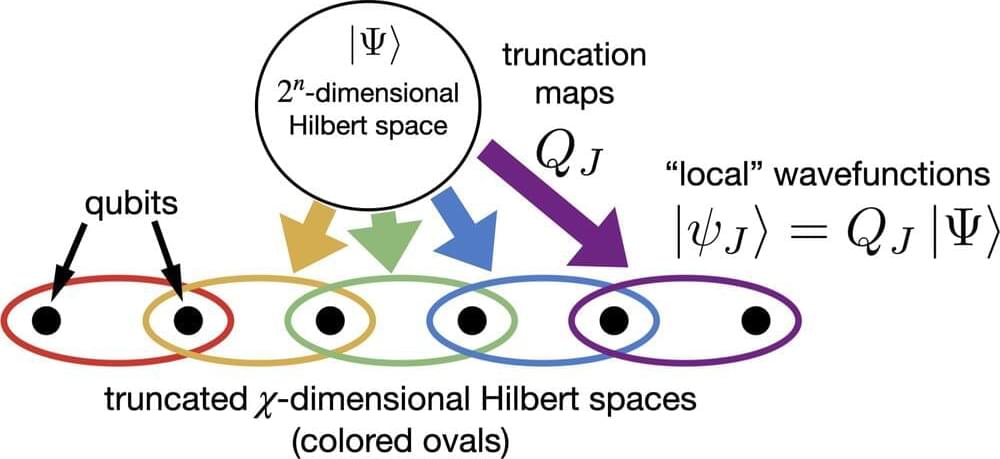Sep 19, 2023
Drug Turns on Self-Destruct Genes in Cancer Cells
Posted by Shubham Ghosh Roy in category: biotech/medical
Researchers have designed a molecule that kills blood cancer cells by tricking them into self-destructing, according to results of a new study. Experts say the molecule represents a new class of compounds that could have broad potential as cancer treatments.
Like a cyanide pill hidden in the teeth of a James Bond villain, human cells have a quick means of self-destruction if necessary. This natural safeguard is a way for the body to rid itself of old, damaged, or infected cells—including cancer cells.
But in many types of cancer, those means of self-destruction are subverted or blocked off. In some diffuse large B-cell lymphoma (DLBCL) tumors, for example, genes that orchestrate cell death are shut off by a protein called BCL6.
